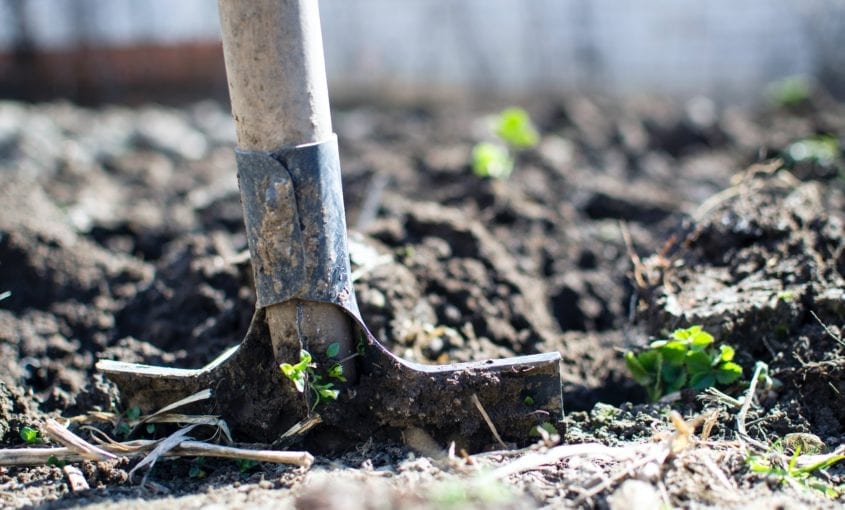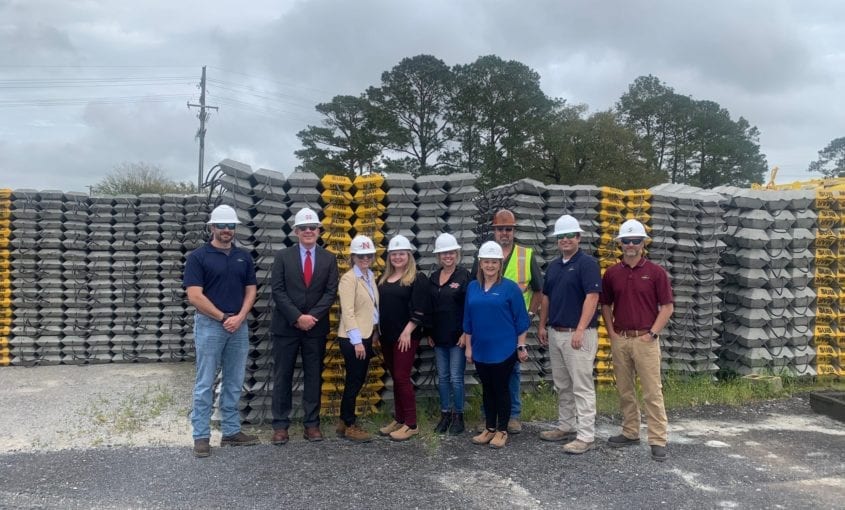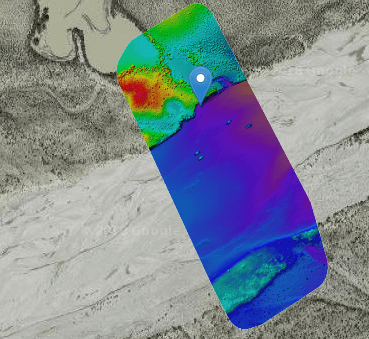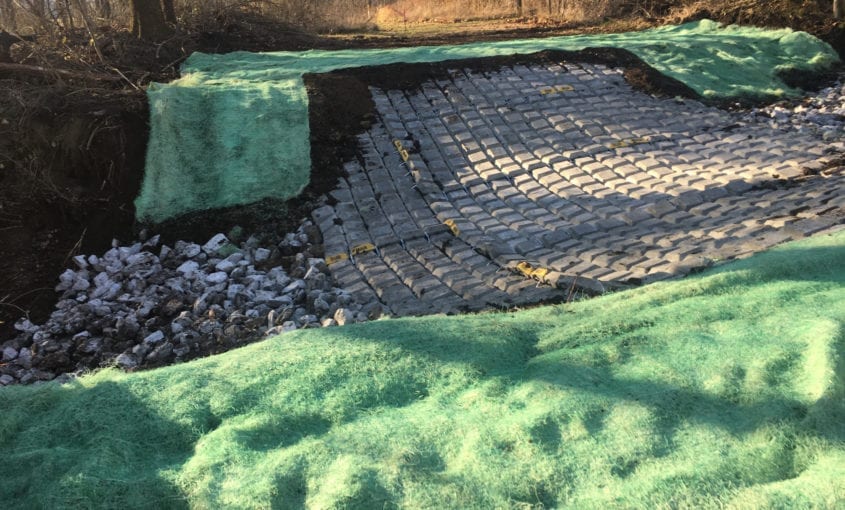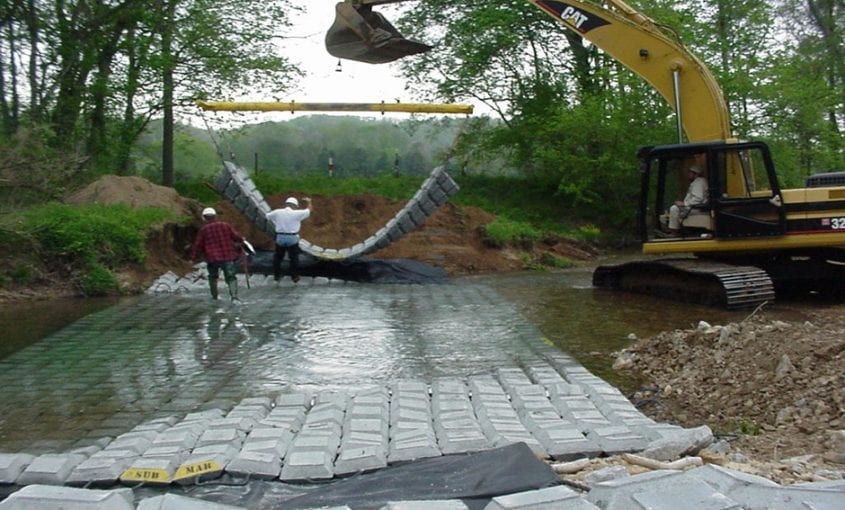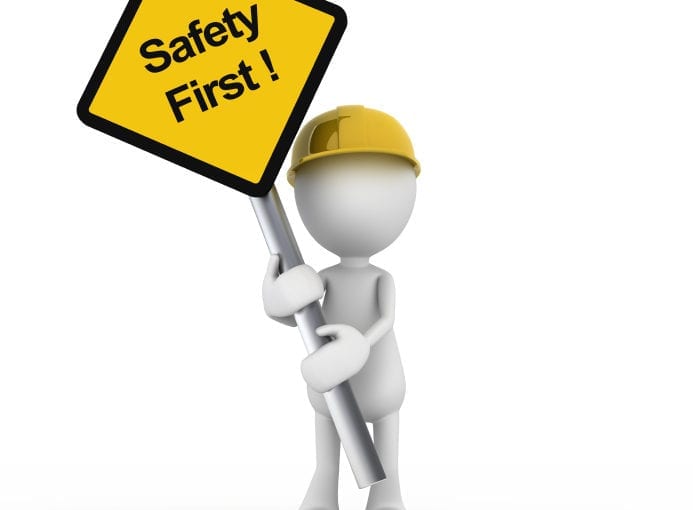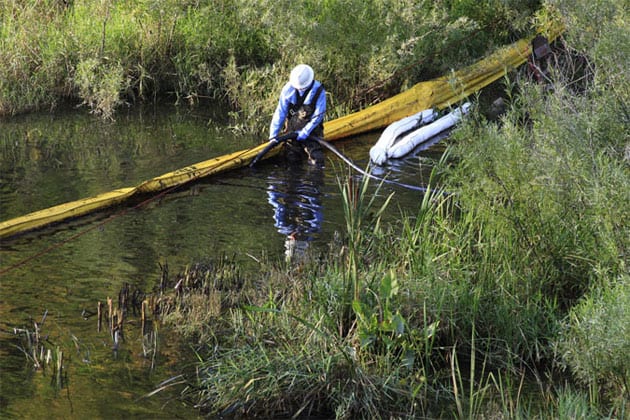Native Plants Are Important Factors in Fighting Erosion
Barren soil cover is no way to maintain a healthy pipeline slope. Erosion greatly increases with exposed soil. Trees, shrubs, and groundcovers can maintain slopes and reduce erosion from surface water, shallow groundwater and, to some extent, coastal processes. Types of Vegetation That Work Best The short answer is the native plants of the region.
Read More...

